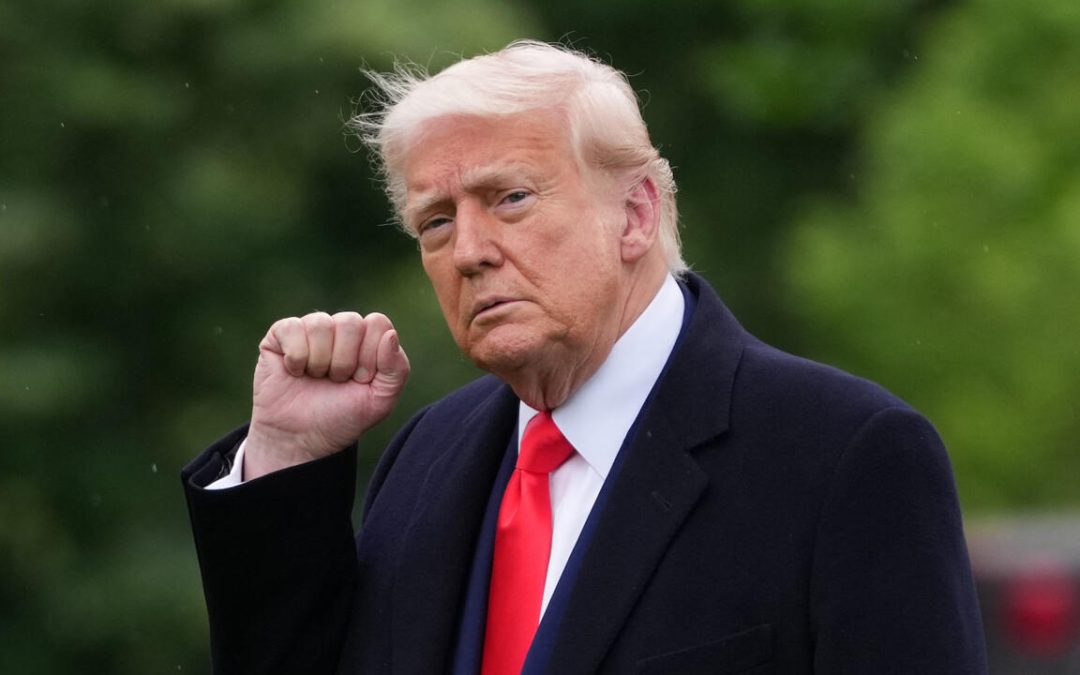WASHINGTON — Early intelligence assessments from the Defense Intelligence Agency (DIA) suggest that Iran could revive its nuclear programme within months, directly challenging former President Donald Trump’s claim that recent U.S. airstrikes had “completely and totally obliterated” Tehran’s nuclear capabilities.
According to a classified report reviewed by multiple officials and first reported by CNN, while the strikes inflicted “significant damage” on key Iranian nuclear sites—Fordo, Natanz, and Isfahan—they fell short of fully dismantling the infrastructure. The report notes that most of Iran’s centrifuges remain intact, and much of the country’s highly enriched uranium stockpile had likely been relocated ahead of the assault.
These findings contradict Trump’s triumphant televised announcement following the operation, in which he claimed total destruction of Iran’s enrichment facilities. Intelligence, however, paints a more restrained picture. At Fordo, for example, 30,000-pound bunker-buster bombs caused tunnel collapses at entrances but failed to destroy the underground centrifuge halls themselves.
White House Pushes Back
The Trump administration has dismissed the DIA assessment as “flat-out wrong.” Press Secretary Karoline Leavitt accused intelligence leakers of trying to “undermine the brave fighter pilots” involved in what she described as “one of the most successful military strikes in history.”
“Everyone knows what happens when you drop fourteen 30,000-pound bombs perfectly on their targets: total obliteration,” Leavitt said. Trump, in a social media post, doubled down, blasting the report as an “ATTEMPT TO DEMEAN” a mission that had eliminated Iran’s nuclear threat.
Iran May Have Anticipated the Strikes
Despite the rhetoric, intelligence analysts believe Iran had advance warning. Satellite imagery from Maxar Technologies taken on June 19—three days before the operation—shows bulldozers and trucks near Fordo, potentially sealing tunnels and relocating sensitive equipment.
Eric Brewer, a former U.S. intelligence official, said it’s plausible Iran moved stockpiles enriched up to 60% and possibly key centrifuge components before the bombs fell. “They likely dispersed material to minimize losses,” he said.
Kelsey Davenport of the Arms Control Association added that Iran might now consider operating a covert enrichment site—an option fraught with risk but feasible given their remaining capabilities.
Mixed Reactions from U.S. Officials
Vice President JD Vance defended the mission, emphasizing that preventing Iran from enriching uranium to weapons-grade levels was the primary goal. “From a military standpoint, that is success,” Vance said, even if stockpiles remain and facilities were not entirely destroyed.
Still, the DIA assessment concludes that Iran’s ability to reconstitute its programme—though degraded—is far from eliminated. Underground facilities remain structurally viable, and with sufficient resources, Iran could resume enrichment activities within a matter of months.
Prior to the attack, Iran was estimated to possess more than 400 kilograms of 60% enriched uranium—enough, if further enriched to weapons-grade, to fuel several nuclear bombs.
Third Site at Isfahan Raises Questions
Of particular concern is a recently disclosed third enrichment facility in Isfahan. Its status post-strike remains unclear. Both Israeli and U.S. forces participated in joint strikes targeting Isfahan, but intelligence has yet to confirm the level of damage.
Iran, for its part, insists its nuclear ambitions are purely peaceful. Yet the international community remains wary, especially given the clandestine nature of its recent activities.
A Tenuous Ceasefire
Despite the military escalation, a U.S.-brokered ceasefire remains in effect. Tensions persist, however, as Israel accuses Iran of violating the truce by launching missile strikes—a charge Tehran denies.
Trump, expressing visible frustration, blamed both sides for continued instability. “They’ve fought so long and so hard they don’t know what they’re doing anymore,” he said. He reportedly told Israeli Prime Minister Benjamin Netanyahu that no further U.S. military action was planned, urging diplomatic efforts instead.
Netanyahu, for his part, declared the operation a success, thanking Trump for helping neutralize what he called a “clear and present danger.”
Uncertain Road Ahead
As the dust settles, experts warn against complacency. While Iran’s immediate capacity to enrich uranium may be diminished, the regime retains enough infrastructure, know-how, and material to restart its programme covertly.
Davenport noted that while logistical hurdles and increased surveillance may slow Iran’s progress, “the threat hasn’t been eliminated—it’s merely been displaced.”
For now, the debate over Operation Midnight Hammer’s true impact continues to divide Washington. Was it a decisive blow or a tactical half-measure? The answer may emerge in the months ahead—alongside Iran’s next move.






